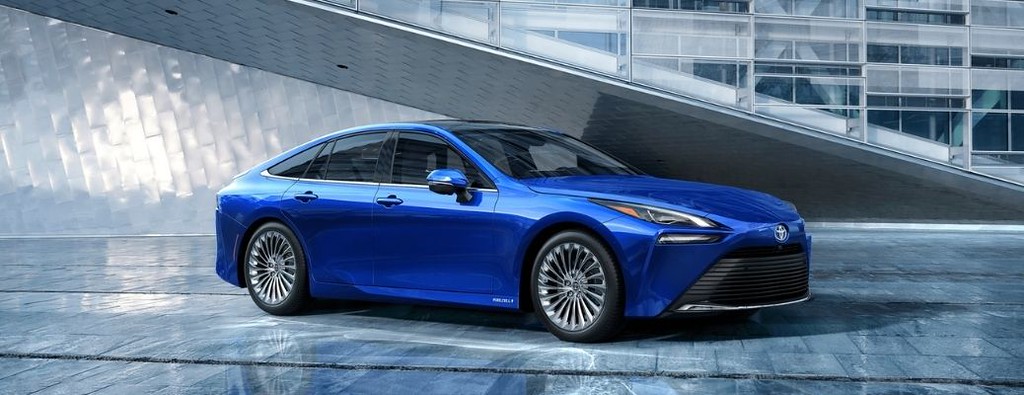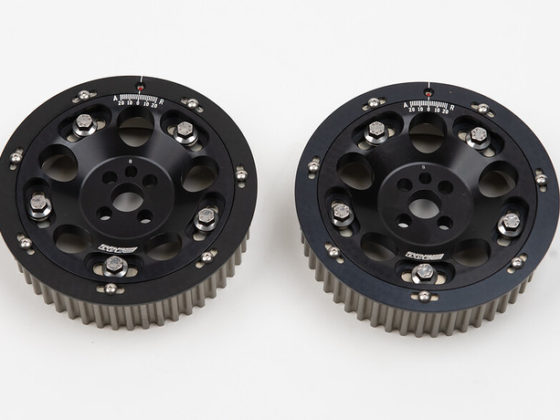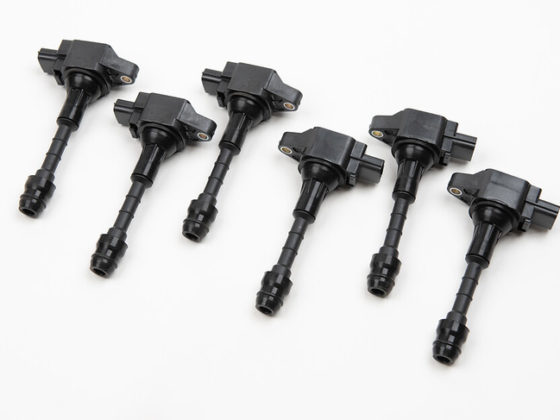Help Users Recognize, Diagnose, and Recover from Errors
Error messages should be expressed in plain language (no error codes), precisely indicate the problem, and constructively suggest a solution.
This goes back to what I was saying earlier about the lack of communication when it comes to the unstable hydrogen infrastructure. The problem is vaguely stated, regularly, but with no real solution other than “just check in a week”. I’ve said it before and I’ll say it again: gimme an app… like “Toyota Connect” or something…but give me a who and what I can access so I can solve my own problems here and not be left in the dark. I can’t recover from an error I can’t diagnose or even recognize.
4/10
Help and Documentation
It’s best if the system doesn’t need any additional explanation. However, it may be necessary to provide documentation to help users understand how to complete their tasks.
So, I have a story for you. When I was about to return this car, I went to a local ARCO station (that I had to Google from my phone…*sigh*) to refill the hydrogen. It was a mild surprise that this station was fresh out. No big deal, on to the next one…and the next one. All three stations were entirely out of hydrogen. I thought, “this couldn’t be a coincidence”. I asked the attendant inside what was going on, and they had no idea. Apparently, the hydrogen supplier’s communication with ARCO consists of the real estate and that’s pretty much it. Once the space is bought, there’s no synergy or further conversation between the two organizations. Beyond that, you can call the number on the hydrogen supplier’s tag to ask all the questions you’d like…such as, oh, when you might be able to fuel your car back up and drive home? Guess what? They don’t have a timeframe for you either. To summarize: all of California is out of hydrogen, the supplier has no idea when that’ll change, and the vendor doesn’t even know there’s a shortage, to begin with. Sick.
0/10
User Control and Freedom
Users often perform actions by mistake. They need a clearly marked “emergency exit” to leave the unwanted action without having to go through an extended process.
So, the main reason the Mirai lives exclusively in California is due to the hydrogen infrastructure being so new. The entire golden state has a little over 60 or so gas stations that actively supply hydrogen currently, compared to over 10,000 gas stations in CA reported in 2020. Drivers who sign up for this lifestyle know that it’ll come with some new challenges. User control and freedom are all about empowering drivers with a backup plan. To me, this means having some sort of easily accessible Plan B for every driver who’s had to just learn that their daily driver will metaphorically be on cinder blocks for God knows how long because that one gas station within a 10-mile radius from their house has once again run out of hydrogen indefinitely. But don’t worry, I’m sure that 19-year-old gas station attendant will remember to give you a call when that changes as you asked. It’s not Toyota’s fault that the hydrogen infrastructure is still growing and is consistently inconsistent. That doesn’t mean there isn’t room in their digital infrastructure to provide better communication directly among drivers and with suppliers so that the end result isn’t 20 Mirai owners leaving their alterna-Lexus in the ARCO parking lot and taking an Uber home. For 70k? Not the experience I signed up for. Give me a way to see all of this information and connect with other drivers, suppliers, or at least a Toyota hydrogen liaison, and that would be the elevated experience I’d expect for the price tag. What’s that saying? “There’s an app for that”.




1 comment
Had the pleasure of working at a Toyota Dealership during the Mirai launch in 2015? Really ahead of its time…and it still is…unfortunately.